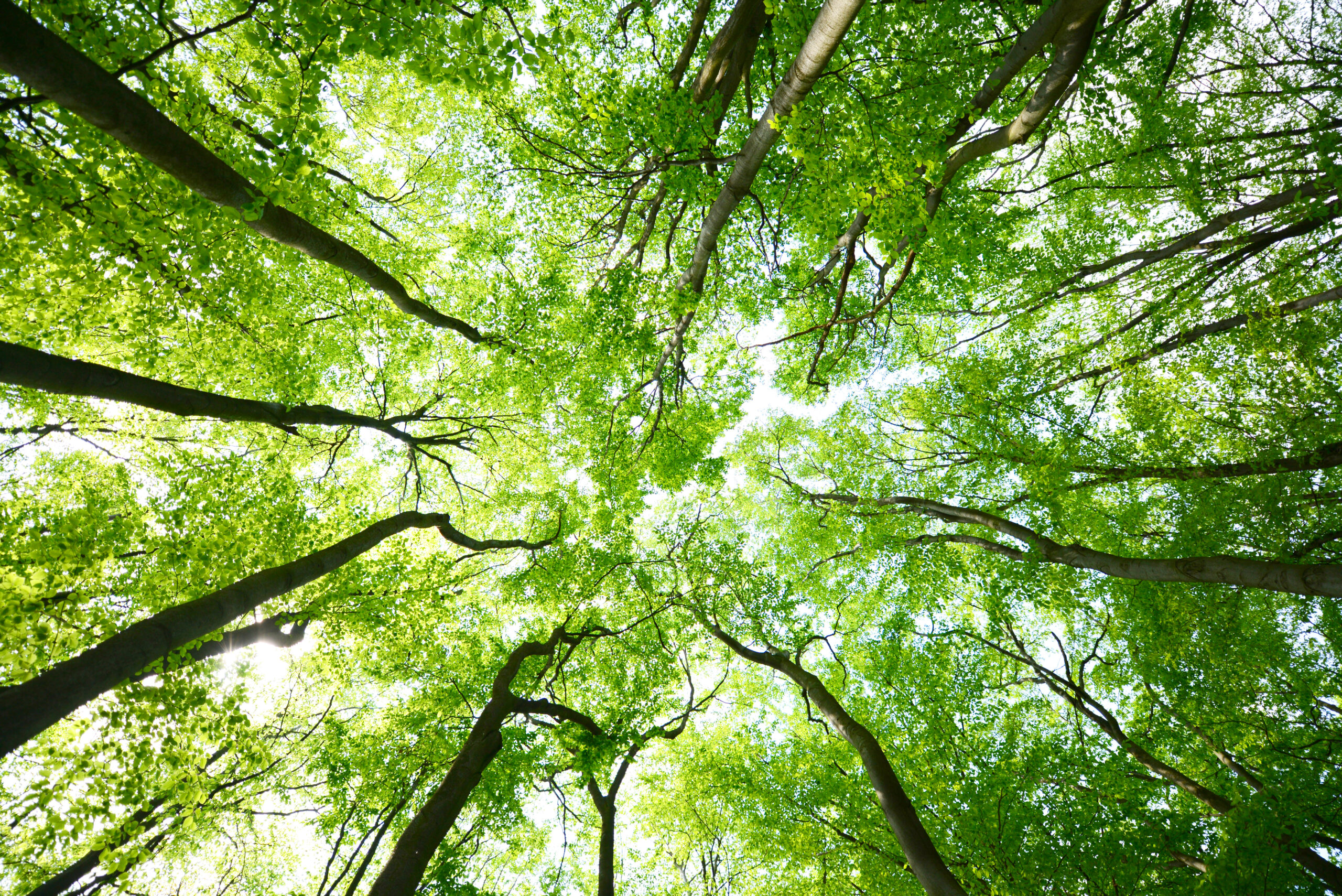Katie Steedly’s first-person piece [The Unspeakable Gift] is a riveting retelling of her participation in a National Institutes of Health study that aided her quest to come to grips with her life of living with a rare genetic disorder. Her writing is superb.
In recognition of receiving the Dateline Award for the Washingtonian Magazine essay, The Unspeakable Gift.
Enter your email here to receive Weekly Wide-Awake
Love Is Holy

Love is holy.― William Shakespeare
Love is Holy. Love is Holy. Love is Holy. Let that sink in. We anticipate Spring, green, and resurrection. We taste hope, possibility, and new. We connect with one another in community. We point our entire being toward the I am, the as if, and the not yet. Holy builds, creates, expands, includes, imagines, releases, and softens every day.
The word Holy gets tossed around loosely. What if we agree — from wherever we are, from whatever we believe — that love is Holy. From there, we agree to act lovingly. (My head and heart know for sure acting lovingly must be agreed upon this very minute. We urgently need to love one another.) From there, things change. Change toward love is Holy. Seeds grow. Wounds heal. Barriers fall. Dreams manifest. Joy dances.
What I Keep Learning
Between Two Kingdoms
“Everyone who is born holds dual citizenship, in the kingdom of the well and in the kingdom of the sick,” Susan Sontag wrote in Illness as Metaphor. “Although we all prefer to use only the good passport, sooner or later each of us is obliged, at least for a spell, to identify ourselves as citizens of that other place” — Suleika Jaouad, in Between Two Kingdoms: A Memoir of a Life Interrupted.
I remember reading Sontag’s Illness as Metaphor in college — long after my Turner syndrome diagnosis at the age of fifteen, but many years before I talked about it, thought deeply about the concept of wellness, or was ready to digest the diagnosis in terms of living in both kingdoms — the well and the sick. I knew I was not just visiting sickness, so I denied sickness’ existence altogether. (If a passport has no stamps, do you ever visit the kingdom?) Somehow, I convinced myself that doctor visits were not stamps. Silence with friends and family was not a stamp. Prescriptions for hormones and bone-strengthening drugs were not stamps. Conversations about infertility, endocrinology, and life expectancy before I could even drive a car were not stamps. I planted my flag firmly in the land in the kingdom of the well (though sickness framed my days) for a long time.
Today, I seek peace between the kingdoms of wellness and sickness. I have brokered understanding through a team of doctors. I have negotiated truth with my body and mind. I have built fortresses of strength and weakness to hold big thoughts like life and death, miracles and questions, and imagination and pain. Living with a chronic genetic condition means you fluidly identify as both well and sick, whole and half, big and small, normal and strange. The rules are explicit. Impermanence and finitude are secure. The hope is eternal. As Jaouad suggests, every day is the first day of our lives.
The Hope Booth
There is a Hope Booth situated off to the side of the main thoroughfare that connects Ponce City Market with the Atlanta Beltline.
As a curious soul, I investigated the Hope Booth. The three-minute, interactive Hope Booth experience begins with a question — asking you to rate your current Hope level. The next question gets more specific and asks if you are experiencing any of the following emotions: happiness, joy, anxiety, anger, fear, etc. (I am not sure of the specific wording of the questions. This is my general takeaway.) Following your responses, a video message talks you through Hopeful steps. My Hopeful steps included breath exercises and an affirmation that I am not alone.
As someone who seeks hope, the Hope Booth is helpful. Its very presence is an everday reminder of hope’s accessibility, importance, and possibility. It is an invitation to something more than fear, doubt, and anger. The guidance I received during the experience returned me to my breath, which is always a big step toward peace and calm.
Together We Rise
Last Lenten season, the theme at the church I attend was “We walk. We stumble. We rise.” Each Sunday, someone has shared a story from their Walk. Walks included Appalachian Trail hikes, health care decisions, surviving natural disasters, activism, and caregiving — the through line being that through it all, we walk, we stumble, we rise together. As individuals given the sacred charge to love one another, we rise. As a community committed to justice and peace, we rise. As the embodiment of love in the world, we rise.
What does it mean to walk, stumble, and rise? I am pretty sure it starts on the inside. It starts in the parts of us that know we are interconnected and meant to love and be loved. It starts in the parts of us that know our world is meant to be cherished and tended. It starts in the parts of us that know the not yet must be filled with profound love. All that guides our steps. Stumbling happens when we use our minds, hearts, and hands to figure it out. Stumbling happens as fear, doubt, and resistance yell, coax, whisper, and sing. Stumbling happens as the world spins on an axis bigger than we understand. We rise together. We rise when we stay connected to our source. We rise in perpetual morning.
Paying Attention
About Katie

From Louisville. Live in Atlanta. Curious by nature. Researcher by education. Writer by practice. Grateful heart by desire.
Buy the Book!
The Stage Is On Fire, a memoir about hope and change, reasons for voyaging, and dreams burning down can be purchased on Amazon.





